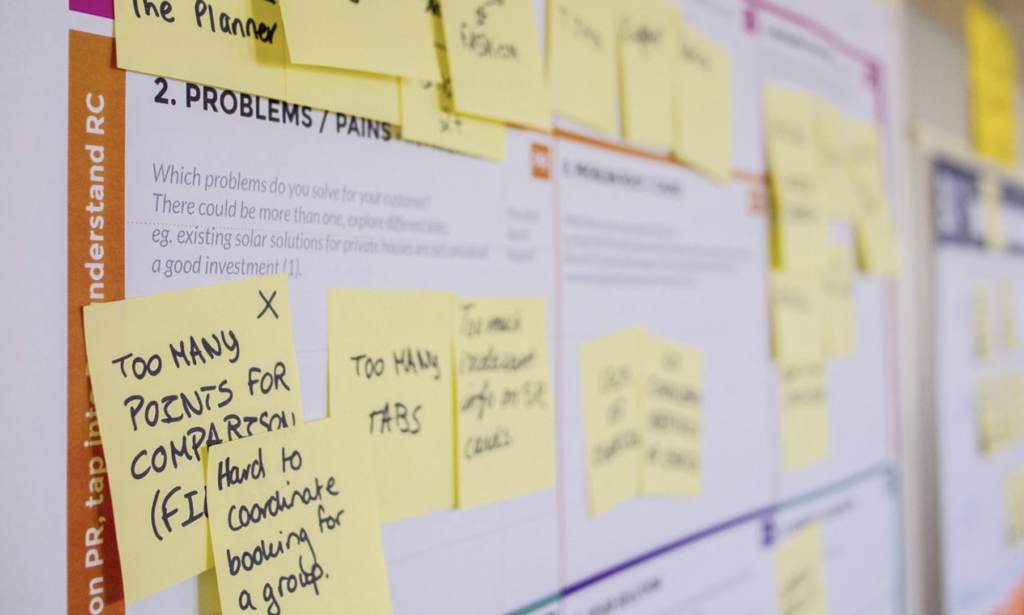I’ll never forget my first sales experience in product development. Our product design engineer had created an incredible concept for a new product we hoped to introduce to the market. It was savvy, sharp, and initial feedback was incredibly positive. Before long a big brand had signed on and we were off to the races! The honeymoon would not last long….
The prototype did not work as we expected. Specifically, the concept for tamper evidence did not function properly. We were under the gun as the brand needed product in the big-box stores for their fall launch. I had never experienced stress to that magnitude before.
I felt like we had somehow failed. I did not feel like anyone on the team had individually failed. In fact, I loved working with that team! They went all out, working around the clock—weekends included—as one person even skipped their niece’s wedding! I just felt a sense of obligation to “get it right” for the customers (in this case there were multiple parties involved). Our “delays” were really stressing them out, to put it mildly, and that was further giving us a sense of foreboding.
Thankfully, we somehow pulled it all together in the end. And the product that we ended up with was in many ways better, especially the tamper evidence, than the original concept. Many of us commented at the time that we “hope we learn our lessons” and “never go through this again.”
We were wrong.
What I have come to realize is that the “disaster” is a necessary attribute of product development.
The “disaster” experience is not a mistake. It is, and should be, part of the creative process. Getting it right the first time not only limits creativity, but also assures mediocrity. It robs the team of its creative prowess. (And it is always a team. Pixar, Apple, IDEO, it does not matter. The solo-creator is one of the most damaging myths in the business community).
I encourage leaders to understand this reality. It is not helpful when we get all pissy because engineers are once again sitting in the conference room making a product better. (Note how silly that sounds). Demanding that “they get it right” the first time is a complete misunderstanding of how the creative process works. We need to rather focus our attention and energy on building the appropriate time and budget into the project.
This, of course, might not be possible in manufacturing. In the story above, we kicked off the second week of February and had to deliver parts by the first week of August. There was no room for negotiation, it was “take it or leave it.” In retrospect, as the commercial lead, I should have been more forthcoming with the brand about the expected turbulence to come. I should have set the table more realistically. They might not have liked such honesty, they might had even considered working with someone less honest. But like the passenger who has been informed of the upcoming turbulence before take-off, they probably would have felt more assured about who was flying the plane when the turbulence inevitably came.
Similarly, as leaders, we need to set the table more realistically internally when the next developmental project begins. We need to expect the twists, turns, and inevitable bouts with turbulence. We need to realize that most ideas—most blog posts even—suck at first. We need to encourage our team to “make things better” nevertheless.
That assumes, of course, that getting better is part of our plans.
Mediocrity demands less. Mediocrity is even okay with “good enough.”
Let’s not be.
Let’s embrace the disaster, and get better.

